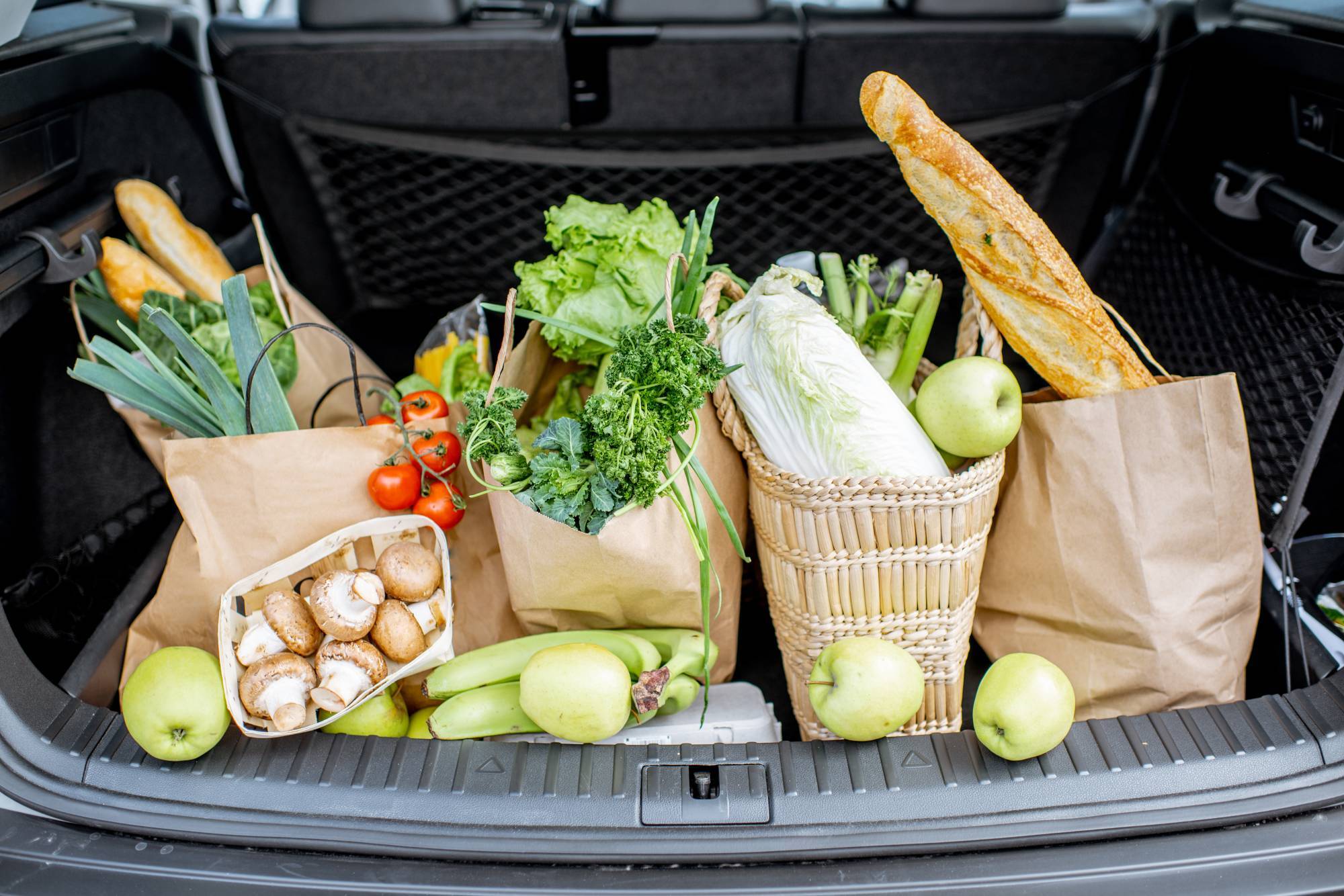One of the outstanding questions revolving around a laundry list of public subsidies for the new Salem’s Market and Grill in the Hill District has been answered by the Urban Redevelopment Authority of Pittsburgh.
Answered. But not satisfactorily. And it’s certainly an answer that opens the window on the world of bureaucrats who seem to have an insatiable appetite to rationalize corporate wealthfare.
In a 58-page lease filled with this abatement and that abeyance is a very long list of equipment, apparently left behind by the former, heavily subsidized and failed Shop ‘n Save grocery store.
The list contains nearly 40 categories of equipment, many in multiples, that add up to 113 specific items. And that’s not including 354 pieces of shelving.
And, just to be clear, we’re not talking about junk. There’s everything from fork lifts to meat grinders; from donut cases to a refrigerated room and cooler cases and much, much useable more.
All was conveyed to Salem’s for $1. But there was no value attached to the items. None. Surely these items are not worthless. So, we asked the URA what that value is.
Twelve days after posing the question, URA Associate Counsel Matthew Santiago responded:
“The lease does not say,” he said, stating the obvious. “All of the equipment was used and fully depreciated. Therefore, on the books it was of zero value.”
Continued Santiago:
“Though the equipment had some life left and potentially could have been removed, it was deemed to be a more efficient use of the equipment to be contributed to the effort to rapidly establish a grocery store in the food desert of the Hill District.”
Translation: It’s another public subsidy. Why should the public underwrite any of Salem’s capital costs? It should not.
But that’s not the only problem with this continuing perversion that we’ll call “Government as Grocer, Round 2.” For you see, the Salem’s model, as was the Shop ‘n Save model before it, is based on a proven flawed premise.
The primary goal of both stores was to, supposedly, irrigate a so-called “food desert,” a place for too long “underserved” by a full- service grocer in a generally lower-income neighborhood. And that lack of full-service grocer led to neighborhood residents unable to access nutritional foods.
Or so the story goes.
But it’s yet another in a long line of shibboleths that, repeated often enough by public policy perverters in news releases, become an article of faith for a gullible public.
And an insightful 2019 paper in the Quarterly Journal of Economics, co-authored by Hunt Allcott, an associate professor in the Department of Economics at New York University, blew this notion out of the water — on two counts.
Between 2004 and 2016, Allcott said his associates found that more than a thousand supermarkets opened nationwide in neighborhoods around the country that had previously been “food deserts.”
“We studied the grocery purchases of about 10,000 households in those neighborhoods,” he said in an interview with an in-house NYU publication. “While it’s true that these households buy less healthy groceries than people in wealthier neighborhoods, they do not start buying healthier groceries after a new supermarket opened.
“Instead, we find that people shop at the new supermarket, but they buy the same kinds of groceries they had been buying before.”
Allcott says such results shouldn’t be too surprising because “basic economic logic of supply and demand had foreshadowed our result.”
To wit:
“The food desert story is that the lack of supply of healthy foods in food deserts causes lower demand for healthy foods,” he says. “But the modern economy is more sophisticated than this explanation allows for—grocers have become amazingly good at selling us exactly the kinds of foods we want to buy.
“As a result, our data support the opposite story: lower demand for healthy food is what causes the lack of supply,” Allcott notes.
Ancillary to the “lack of access to healthy food” argument has been that those living in “food deserts” have to travel “too far” to access those healthy options.
But, “There isn’t much support for this explanation,” Allcott says his colleagues’ research concluded. “The average American travels 5.2 miles to shop, and 90 percent of shopping trips are made by car. In fact, low-income households are not much different—they travel an average of 4.8 miles.
“Since we’re traveling that far, we tend to shop in supermarkets even if there isn’t one down the street. Even people who live in zip codes with no supermarket still buy 85 percent of their groceries from supermarkets,” Allcott says.
“So, when a supermarket opens in a food desert, people don’t suddenly go from shopping at an unhealthy convenience store to shopping at the new healthy supermarket,” he says. “What happens is, people go from shopping at a far-away supermarket to a new supermarket nearby that offers the same types of groceries.”
It’s a classic, textbook example of how government attempting to command the economy can only fail. Yet for generation after generation, these hubris-filled and would-be economic commanders do not relent.
And that truly is the definition of government insanity that keeps leading to the prosecution of poor public policy.
Colin McNickle is communications and marketing director at the Allegheny Institute for Public Policy (cmcnickle@alleghenyinstitute.org).



